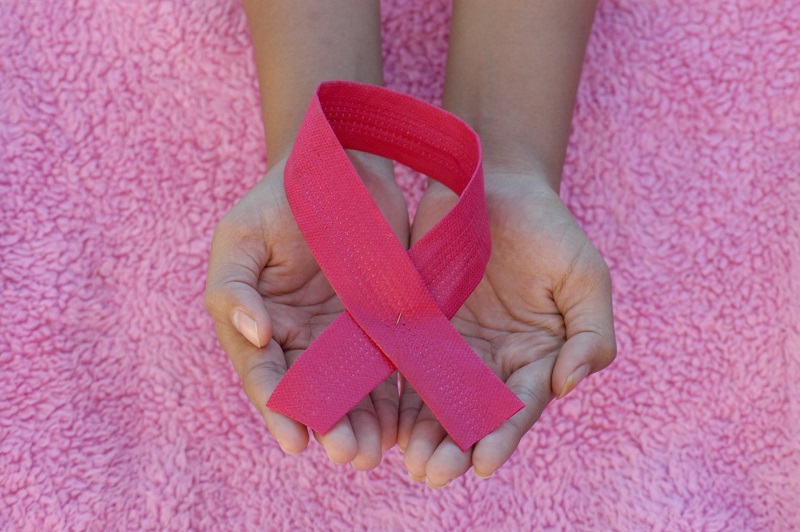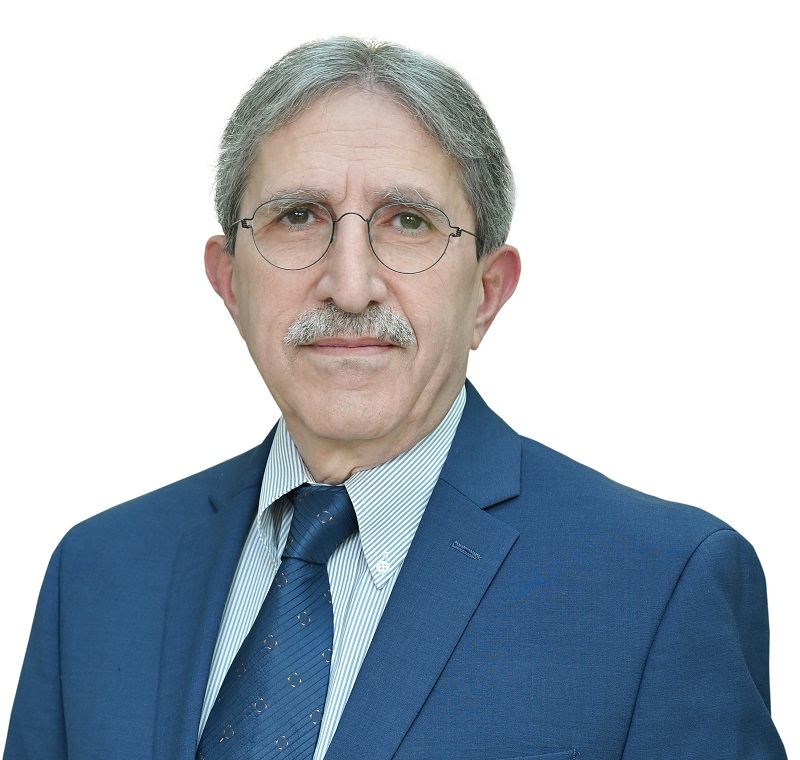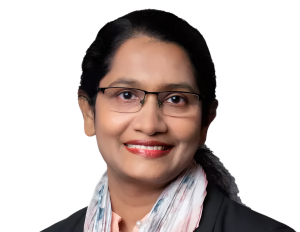Cervical cancer is highly preventable through HPV vaccination and screenings. Dr. Muhieddine Seoud, Consultant and Chair of the Obstetrics and Gynaecology Department at Sheikh Shakhbout Medical City (SSMC), emphasizes early detection, innovative treatments, and UAE’s proactive approach in combating the disease.
Dr. Seoud highlights the importance of Cervical Cancer Awareness Month in educating the community about prevention through HPV vaccination and regular screenings.
While cervical cancer cases are declining in developed nations due to preventive measures, the Middle East still sees advanced cases, particularly among expatriates. Cervical cancer is one of the most preventable cancers, yet many women still hesitate to get screened.
He highlights the UAE’s proactive approach—offering free HPV vaccinations and advanced screenings—to curb cases, especially among expatriates. With innovations like fertility-preserving surgeries and immunotherapy, treatments are evolving fast.
Dr. Seoud emphasizes early detection via Pap smears and HPV testing, advancements in immunotherapy, and innovative treatments at SSMC, urging women to prioritize screenings and highlighting the benefits of self-sampling for hesitant patients.
His key message? Regular screening is simple and effective. Even self-sampling options may soon help hesitant women. Awareness, action, and science—together, we can defeat cervical cancer.
In this exclusive interview, Dr. Muhieddine Seoud discusses the importance of Cervical Cancer Awareness Month and the UAE’s pioneering efforts in HPV vaccination and screening.
Why is Cervical Cancer Awareness Month important, especially in the Middle East?
Cervical Cancer Awareness month is an important occasion to educate the community on the preventive measures, such as vaccination and screenings, that can significantly reduce the risk of this highly preventable cancer.
What trends have you observed in cervical cancer cases locally and globally?
Globally, cervical cancer cases are increasing, especially in low and middle-income countries where cervical cancer screening or vaccination are not readily available.
On the other hand, in developed countries like Australia, the UK and Canada, cervical cancer cases have been decreasing due to the application of both primary prevention (vaccination) and secondary prevention (screening).
In this part of the world, we noticed that there are still cases of advanced cervical cancer, with a significant number among the expat population. The United Arab Emirates, especially Abu Dhabi, became the first state within the Middle East or Arab nations, to introduce HPV vaccination in the public sector conducting school-based vaccination programmes for girls and boys aged 13 years, regardless of their nationalities, free of charge.
Moreover, the government has introduced co-testing with Pap smear and HPV test as part of cervical cancer screenings. Despite the test being relatively easy, the main challenge is encouraging the women’s community to attend the regular screenings – once every three years for women between the age of 25-29, and once every five years for women between 30-65.

How crucial is early screening with Pap smears and HPV testing in prevention?
Cervical cancer is one of the cancers that can be detected in the pre-invasive phase when treatment is simple and highly effective. Screening with a Pap smear, with or without HPV test (frequently referred to as co-testing), will help to detect changes in the cells way before these transform into cancer. Discovering these changes and treating them is simple and can be done in an outpatient setting, achieving excellent results. It is important to note that there is a very long interval between the development of these precancerous cervical cellular changes and the development of cancer, which might take between 5-10 years, allowing ample time for detection and simple treatment.
How have advancements in HPV testing improved early detection?
Most developed countries that have a systematic programme for cervical cancer screening have changed from using simple cytology, like the Pap smear or co-testing with both Pap smear and HPV testing, to primary HPV testing. Studies now have shown that using HPV testing is cost-effective, efficient and accurate in detecting precancerous lesions, as well as reassuring patients who have negative HPV tests about the absence of these lesions.
What advice do you have for women hesitant about screening, and how can healthcare providers encourage participation?
Because cervical cancer is a highly preventable cancer, we strongly recommend the vaccination of both girls and boys early on, preferably before the age of 15. We also recommend that all women who are in a relationship to undergo regular screening. The test is simple and can be done during the yearly checkup.
More recently, for those who are very resistant to undergo an examination in the clinic, studies have shown that sometimes self-sampling at home and sending the sample for the lab to test for HPV can also be done although this has not been yet implemented in our region.
What recent treatment advancements have improved patient outcomes?
There had been significant advances in the management of cervical cancer whether it is in early stages by surgery or in its later stages by combination of chemotherapy and radiotherapy. Moreover, a recent a study showed that using chemotherapy in some advanced cases before the use of chemoradiotherapy, as well as the use of immunotherapy with chemotherapy has significantly improved the outcome of patient with advanced disease.
How has immunotherapy or targeted therapy changed cervical cancer treatment?
As mentioned above, the recent introduction of chemotherapy combined with immunotherapy, such as pembrolizumab, has significantly improved the outcome for patients with advanced cervical cancer, making their use integral in our clinical practice.
What cutting-edge treatments is Sheikh Shakhbout Medical City integrating?
In the last few years at Sheikh Shakhbout Medical City, we have introduced the use of several advanced treatments for cervical cancer, which include sentinel lymph node detection, conservative management of early cervical cancer in patients who would like to preserve the fertility through conization only for the very early stages, as well as trachelectomy, which involves the removal of the cervix, and radical trachelectomy, which can be done abdominally or vaginally.
Additionally, we adopted advanced radiotherapy technique in the delivery of the radiotherapy to minimize the damage to the normal tissue around the cervix. We have also introduced the use of neoadjuvant chemotherapy, which is given before the use of chemoradiation, and introduced a combination of chemotherapy and immunotherapy for advanced cervical cancer.
Also Read: Transforming Data into Care: Cemplicity’s Innovative Solutions for Healthcare.
We treat all our patients following a discussion made in our multidisciplinary tumor board at SSMC, and we discuss these cases in an international tumor board supported by the International Gynecological Cancer Society (IGCS) and the local Middle East and Mediterranean Gynecological Oncology Society (MEMAGO).
What lifestyle factors increase cervical cancer risk?
Cervical cancer is mostly caused by an infection with a high-risk HPV in the majority of cases, with sexual exposure to the HPV being one of the major causes of this cancer. Therefore, any preventive measures including the use of barrier methods for contraception, limiting the number of sexual partners and vaccinating both boys and girls at an early age can help prevent cervical cancer.
How important is HPV vaccination, and what are the UAE’s recommended guidelines?
Vaccination is a primary prevention method for cervical cancer. The current vaccine in the UAE is called HPV 9 and is provided by the Department of Health, which has been a pioneer in its introduction shortly after the vaccine’s international introduction in 2007. The vaccine was initially offered to all girls between the age of 11 and 12 and then up to the age of 26. Currently, it is administrated in two doses for those under the age of 15 and in three doses for those older. More recently, the vaccination programme has been recommended for both girls and boys.









